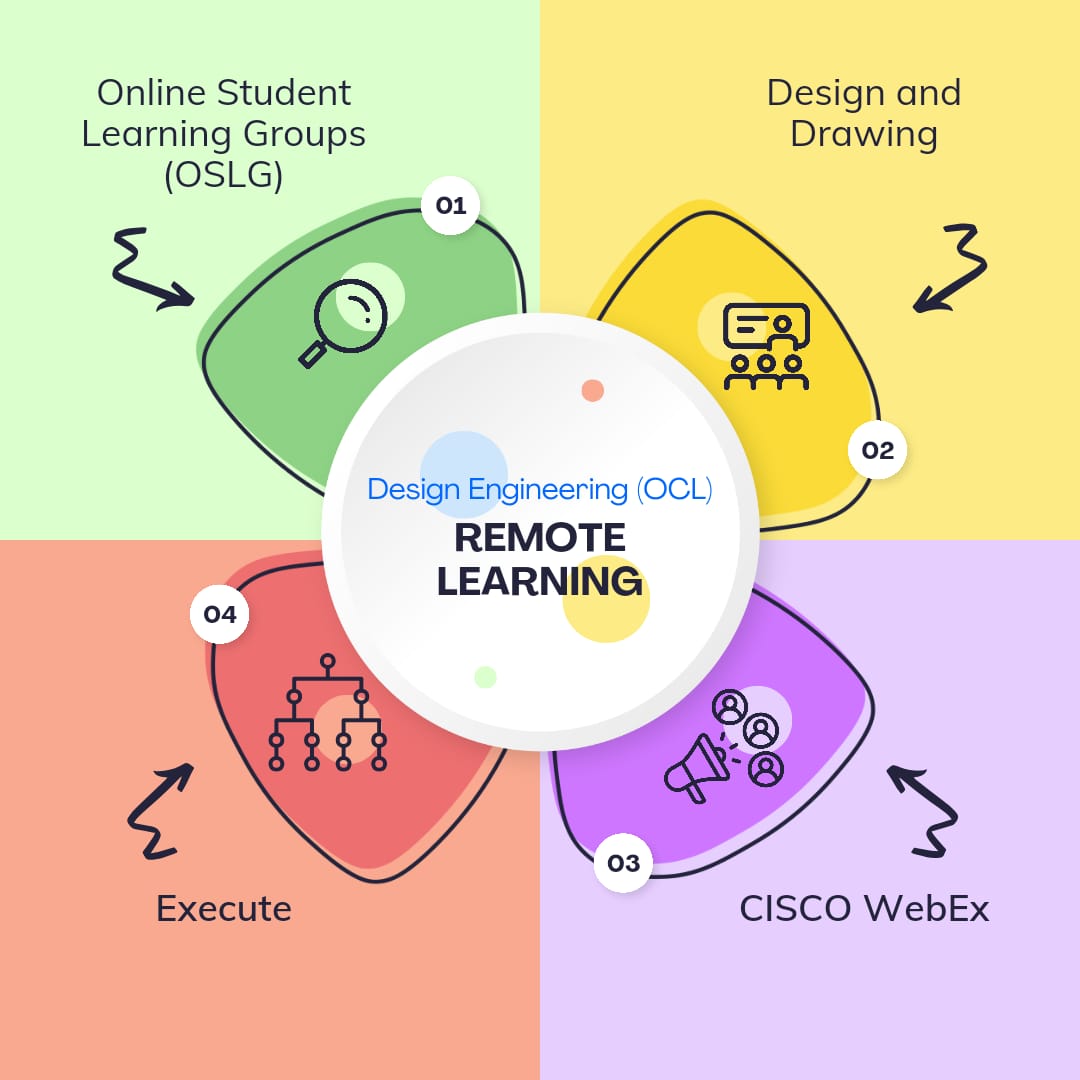Augmentation of Collaborative Learning for Design (Engineering) Subjects in Remote Learning
Keywords:
Design Based Subjects, Learner’s Attitude, Online Collaborative Learning, Student Learning GroupsAbstract
The learning process involves sub-skills and socio-cognitive domains that are integrated into the basis of other learning processes. The current understanding of the knowledge production process entails shared cognitive responsibilities and active participation by learners in a group to develop and exchange new theories and information via online platforms. COVID-19 has prompted the education sector to create innovative methods to adequately equip students to meet international standards and tackle critical societal issues. Educators must create a conducive environment for students to learn and develop skills. Creating student learning groups (SLGs) is an intelligent decision to encourage collaboration within traditional education settings. However, further information about its use in remote learning is necessary. Effective collaborative learning methodologies are essential for studying online design-based disciplines like civil and mechanical engineering. This article explains how to teach fundamental learning ideas to kids. Studying the suitability of collaborative learning in specific design-based courses involves assessing the significance of self-efficacy and group work abilities and investigating theoretical concepts, virtual laboratories, and small projects overseen by educators following the Board of Indian Standards (I.S) Codes. This paper suggests necessary actions to tackle specific challenges in the education system. This study's findings indicate that students' receptiveness to online collaborative learning is greatly influenced by their attitude toward online learning and their experience level. The assessment results showed that the integration of online collaborative learning (OCL) positively influenced their overall development in terms of topic knowledge.
Downloads

Downloads
Published
How to Cite
Issue
Section
License
Copyright (c) 2024 V.R.V. Winson, S.T.V. Narayana, S.V. Sailaja, A.M.N. Kashyap, Rani Darmayanti

This work is licensed under a Creative Commons Attribution-ShareAlike 4.0 International License.

 Depth of HBS, GET, GIT Institutions, Rajahmundry, India
Depth of HBS, GET, GIT Institutions, Rajahmundry, India
 Teeside University, Middlesbrough, United Kingdom
Teeside University, Middlesbrough, United Kingdom



















